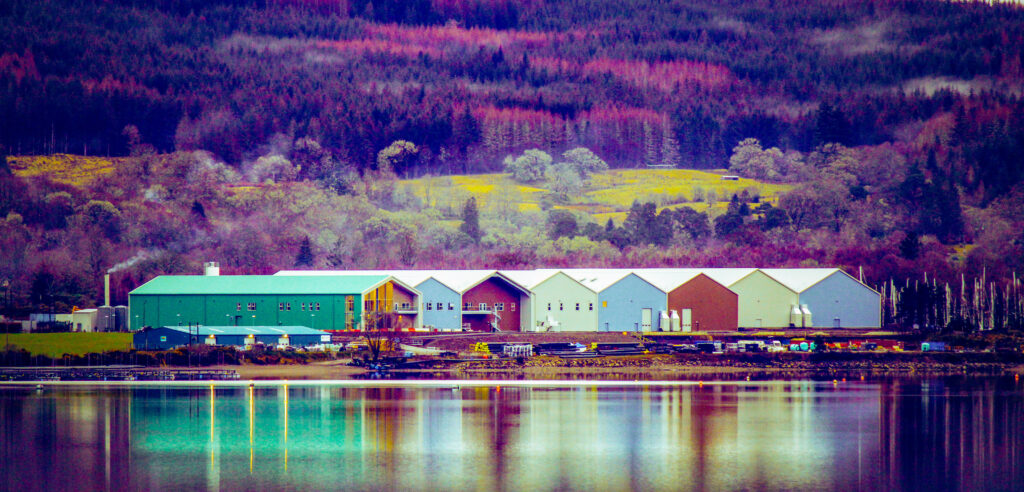SSF chief unveils strategy to tackle mortalities

Scottish Sea Farms yesterday spelled out the measures it is taking to combat the issues which have dogged its operations over the past couple of years, mostly caused by the exceptionally hot dry weather in 2022 and a resulting rise in sea temperatures.
These extraordinary environmental conditions led to a number of biological problems, higher than average mortalities and meant the company, jointly owned by SalMar and the Lerøy Seafood Company, has reduced its planned harvest to 27,000 tonnes this year.
Scottish Sea Farms (SSF) sells salmon to more than 30 different countries and has been the sole supplier to Marks & Spencer since 2006.
Yesterday at the SalMar Capital Markets Day in Tromsø, SSF Managing Director Jim Gallagher told investors a staged strategy was in place.
He said the first step was the Freshwater Stage, which included advanced work to strip eggs from broodstock shown to have thrived at its farms, the completion of a new £2m incubation facility at the Barcaldine hatchery and a £2m upgrade to the Girlsta hatchery on Shetland, to produce larger and more robust smolts, and improvements in Scottish grown broodstock.
The Marine Stage includes an ongoing programme of consolidation and modernisation at 14 farms by the end of this year. It also involves resting five farms and adding aeration capacity, along with investing in new surveillance equipment across the estate. The second phase includes investment totalling an estimated £57m.
Gallagher said improving egg quality, security and quality of supply is high on the agenda. Together these measures are intended to improve water quality, deliver larger and more robust smolts, fertilise eggs on site and boost egg survival.
Looking ahead, he said the strategy over the next five years involved 28 active farms (compared to the current 56 active farms), 10 modernised and consolidated, 15 relocated and consolidated and three at more exposed locations. There is also a potential for two additional farms. Together, they had a MAB (maximum allowable biomass) potential of 106,000 tonnes.
Jim Gallagher also told the Tromsø gathering that SSF planned to reduce the use of marine ingredients and primary processing plastics, and would source mains power from renewable sources, along with cutting road miles.

Barcaldine from across Loch Creran

